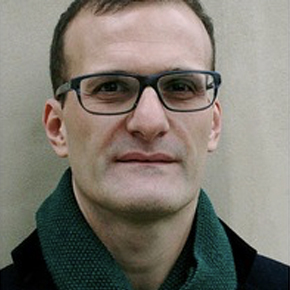How do we understand the concept of “openness” in the Middle Ages? The Somerville Medievalist Research Group (SMeRG) has been considering this question over the course of the past year through a series of workshops in College. Edmund Wareham writes.
On 27-28 June the research group will hold a conference on the subject at the Berlin Institute for Cultural Inquiry, where Manuele Gragnolati, a Senior Research Fellow of Somerville, is Associate Director. The topic builds on recent publications by the group on the performative in medieval culture and on polemic in medieval and early modern discourse; a third volume on temporality is forthcoming.
On the first evening of the conference there will be a public discussion on the theme, to which non-medievalists, especially colleagues from Berlin with related interests, will be invited, which will build on the growing cooperation between Somerville and Berlin. The group expects an open-access publication on the topic to appear in 2020.
My own work explores the world of late medieval German convents, institutions which were in theory enclosed and cut off from the world. Yet through my research on a collection of almost 1,800 letters from the northern German Benedictine convent of Lüne, dating from the fifteenth and sixteenth centuries, I explore how nuns in this period used their correspondence to break down boundaries between the space of the convent and the world outside.
Similarly, and even more extremely, Annie Sutherland explores the life of anchorites, women who lived a life of even stricter enclosure and were bricked into a small room. These are just a couple of examples of the sixteen papers which will be discussed at Berlin and which will encompass a historical discussion about the concept of openness in the Middle Ages.
We will consider the semantic field of openness through a wide range of languages, from Early Church Slavonic to Old Norse, to consider how medieval texts conceptualised this concept. The term in the Middle Ages could refer to a sense of being open to God, of being outspoken, of being visible and even as vulnerable or exposed.
It was linked to states of madness as well as sanctity, inclusion as well as exclusion. Interdisciplinary discussion from the perspective of literature, material culture, history, history of art and linguistics will aim to challenge preconceptions and presuppositions about what was open and closed in the culture of the Middle Ages.
